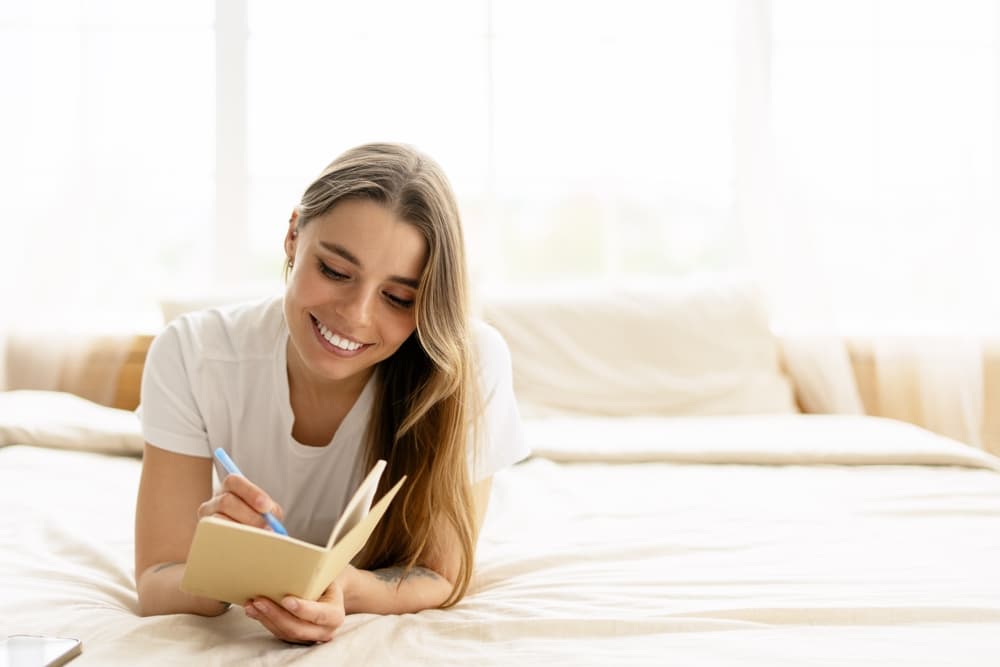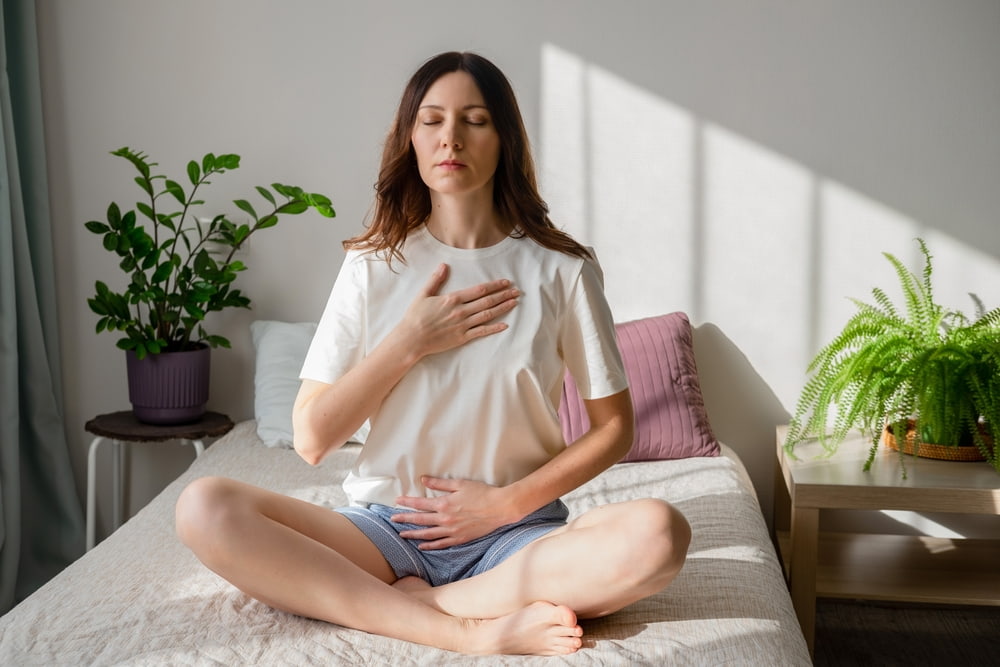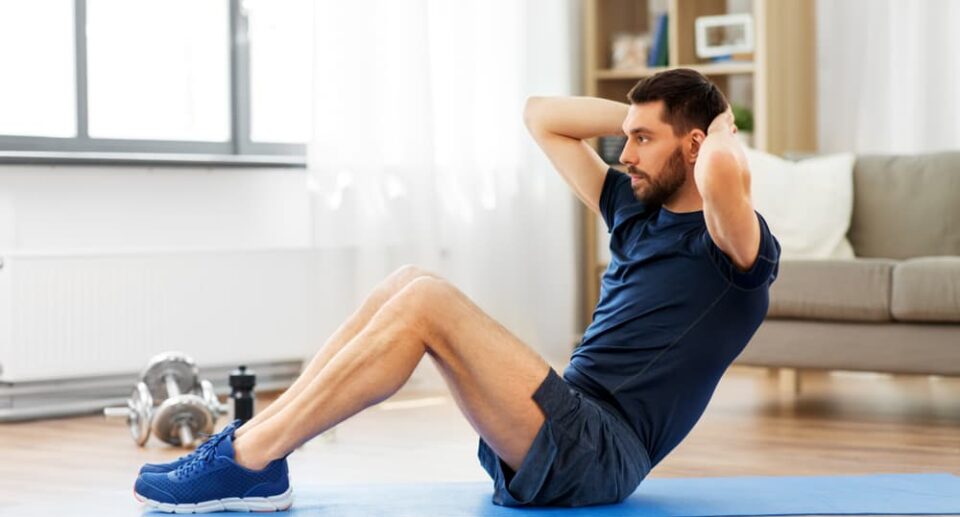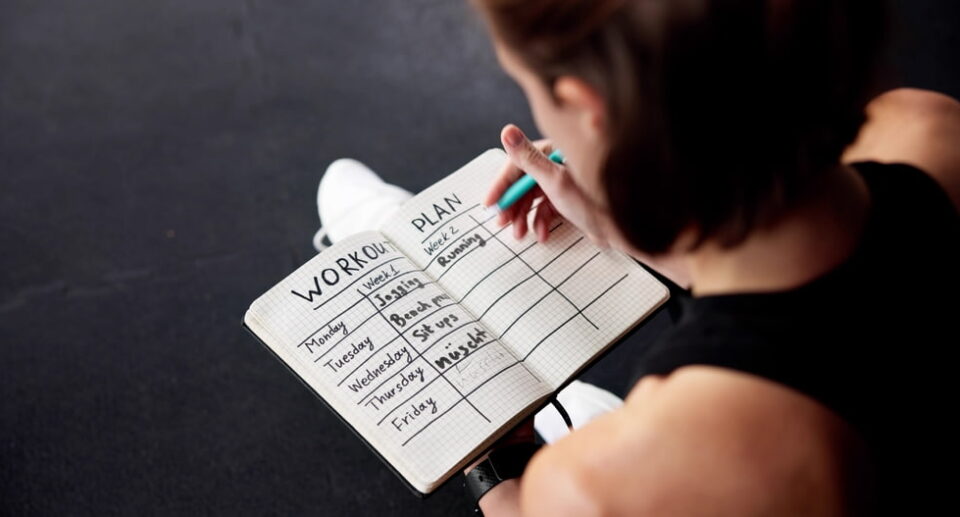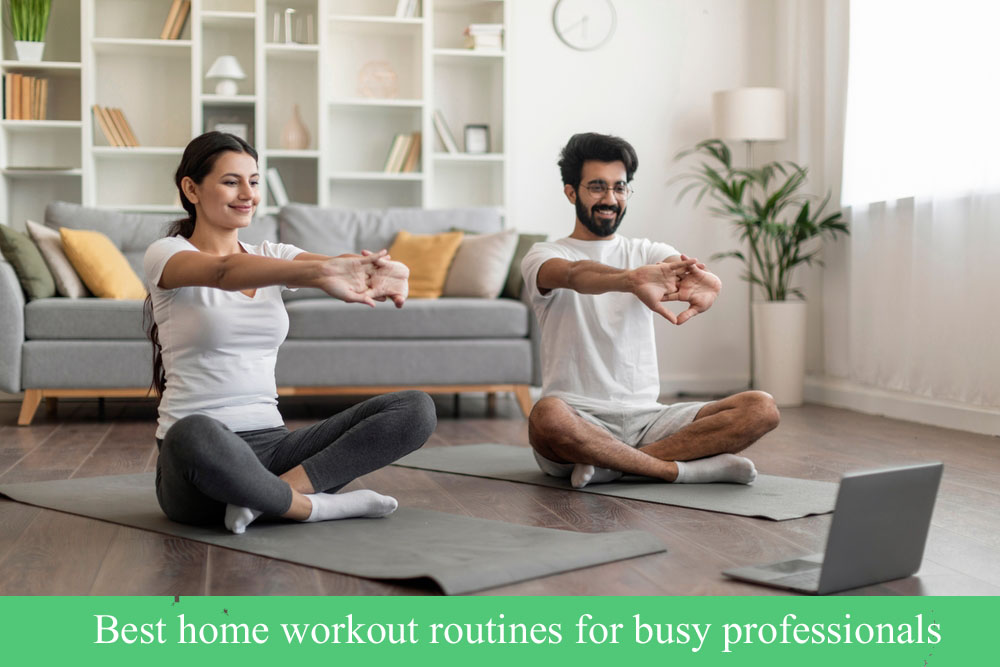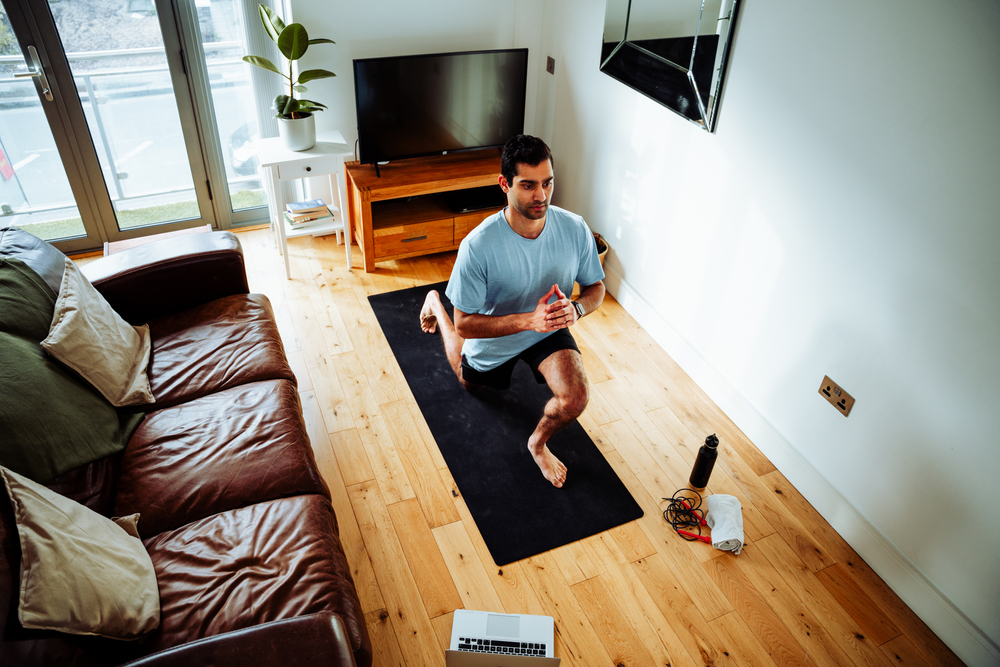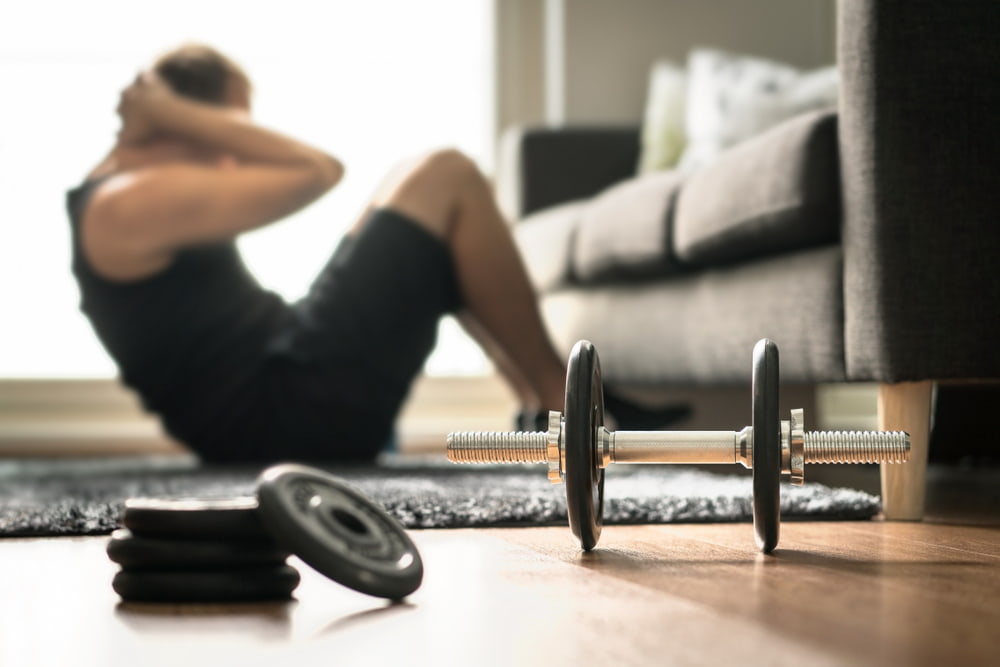Best yoga exercises for relieving lower back pain at home
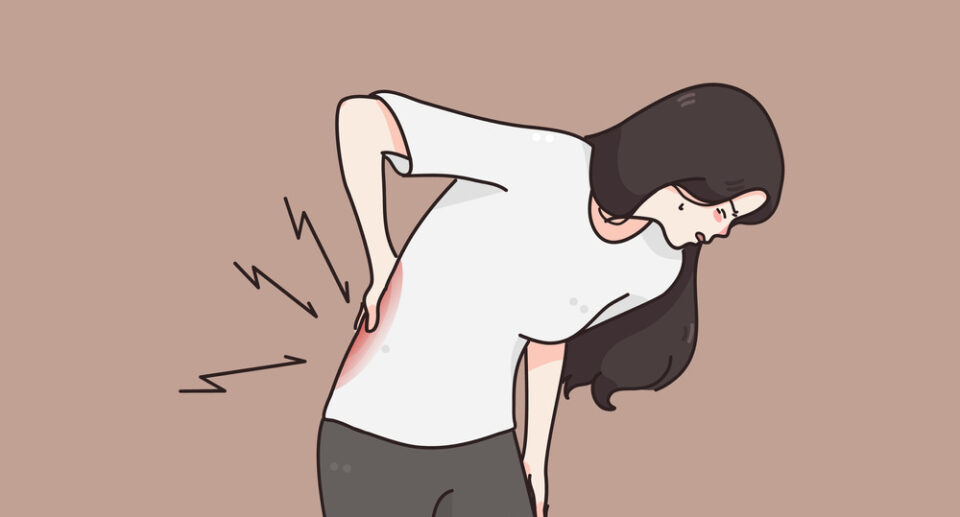

Understanding the Root of Lower Back Pain
Lower back pain is one of the most common issues affecting millions of people worldwide. According to the World Health Organization, nearly 80% of adults experience lower back pain at some point in their lives. Whether it stems from long hours of sitting, poor posture, or a sedentary lifestyle, this pain can severely affect your daily activities and quality of life.
But here’s the good news you don’t need to rely on painkillers or expensive therapy sessions. Yoga offers a natural, non-invasive, and highly effective way to relieve lower back pain right at home.
Yoga helps by:
Gently stretching tight muscles,
Strengthening the core and spine,
Improving posture and alignment,
Reducing inflammation and stress (which often worsen pain).
And you don’t need to be super flexible to start—just a mat, some focus, and five to ten minutes a day can make a remarkable difference.
🗣️ “Yoga is the journey of the self, through the self, to the self.” — Bhagavad Gita
In the following steps, we’ll explore the best beginner-friendly yoga exercises you can do at home to ease lower back pain along with posture instructions, breathing tips, and precautions.
Cat-Cow Stretch (Marjaryasana-Bitilasana)
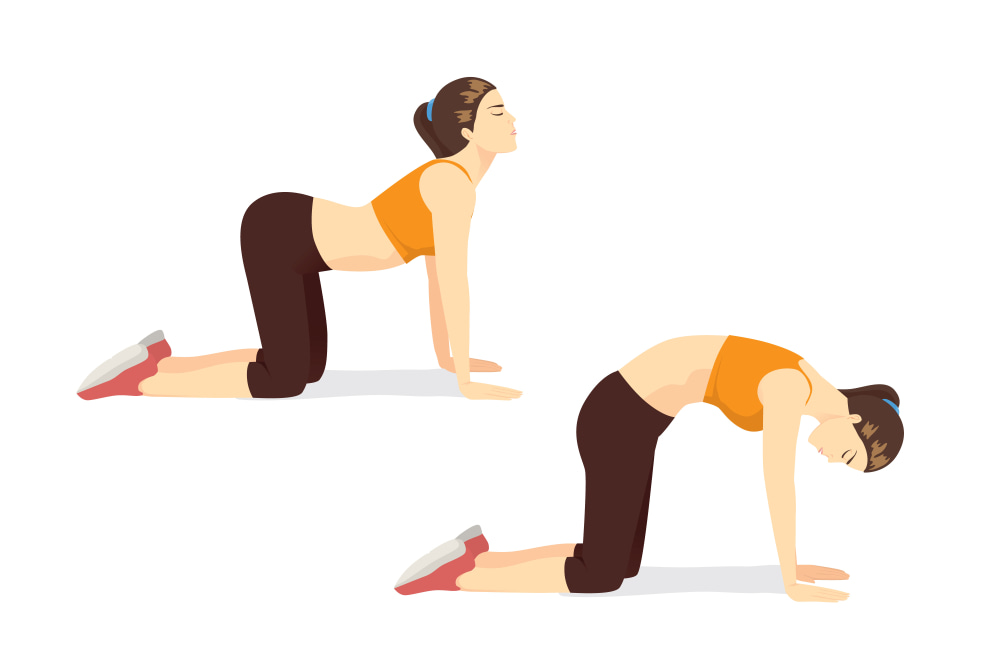

One of the most effective and beginner-friendly yoga poses for relieving lower back tension is the Cat-Cow Stretch. This gentle, rhythmic movement increases spinal flexibility and loosens up stiff muscles around your lower back and hips.
🗝️ How to Do It:
Start in a tabletop position — knees under hips, wrists under shoulders.
Inhale deeply as you drop your belly, lift your tailbone and chin toward the ceiling — this is the Cow Pose.
Exhale slowly as you round your spine, tucking your chin to your chest and pulling your belly in this is the Cat Pose.
Continue alternating between Cat and Cow with each breath for 1–2 minutes.
✅ Benefits:
Improves spinal mobility
Increases blood flow to the back muscles
Relieves tension in the lower back and neck
Helps realign posture if you sit for long hours
💡 According to a 2017 study in the International Journal of Yoga, regular practice of Cat-Cow Pose can significantly improve flexibility and reduce lower back discomfort in office workers.
⚠️ Tips:
Keep your movements slow and synced with your breath.
Avoid jerking or forcing your body.
If you have a recent back injury or disc issue, consult a physical therapist before starting.
Child’s Pose (Balasana)
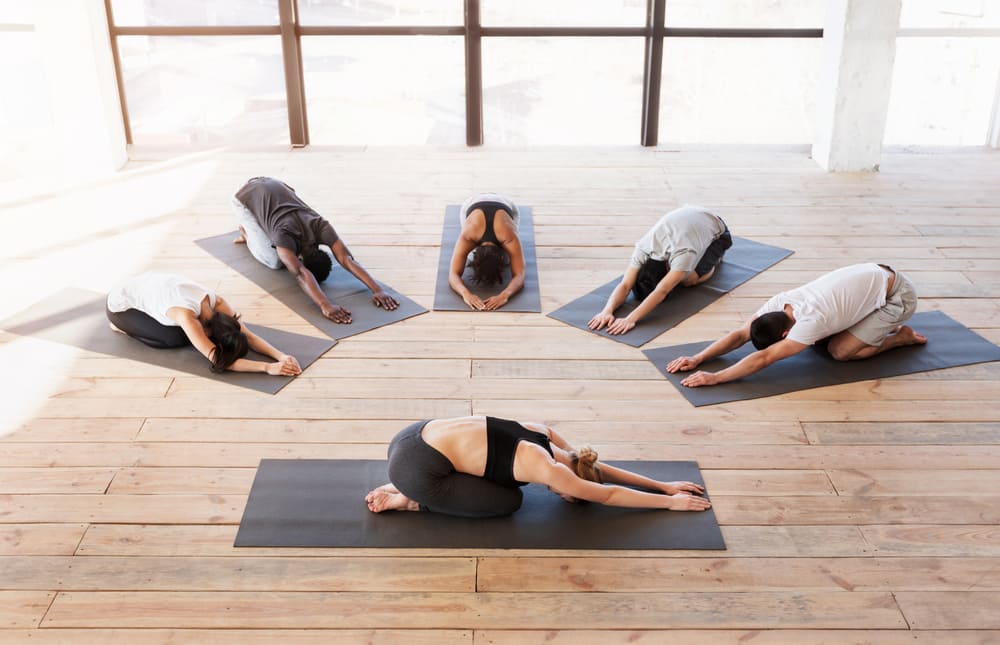

When it comes to releasing tension from the lower back, Child’s Pose is a soothing and restorative yoga posture that works like magic. It gently stretches the spine, hips, and thighs while promoting deep relaxation a perfect remedy after a long day of sitting or standing.
🗝️ How to Do It:
Kneel on your mat with your big toes touching and knees spread apart (as wide as comfortable).
Sit back on your heels, then slowly lower your torso forward until your forehead rests on the mat.
Stretch your arms out in front of you (or let them rest by your sides).
Take slow, deep breaths, holding the pose for 1–3 minutes.
✅ Benefits:
Gently decompresses the spine
Opens the hips and relieves lower back tightness
Encourages diaphragmatic breathing (relaxation)
Calms the nervous system and reduces stress-related pain
🧠 Fun Fact: Child’s Pose is often used as a resting pose between more active yoga poses because it helps reconnect breath and body awareness.
⚠️ Tips:
Place a folded blanket or cushion under your hips if they don’t reach your heels comfortably.
If your forehead doesn’t touch the mat, use a yoga block or rolled towel for support.
Breathe deeply into your lower back with each inhale.
Sphinx Pose (Salamba Bhujangasana)
The Sphinx Pose is a gentle backbend that strengthens the lower back while promoting natural curvature of the spine. Unlike deeper backbends like Cobra or Upward Dog, this pose is perfect for beginners or anyone dealing with chronic lower back pain.
🗝️ How to Do It:
Lie flat on your stomach with your legs extended back, feet hip-width apart.
Place your elbows directly under your shoulders, forearms flat on the mat, palms facing down.
Press gently into your forearms and lift your chest, keeping your pelvis grounded.
Look straight ahead or slightly upward, keeping your neck relaxed.
Hold the pose for 1–2 minutes, breathing deeply.
✅ Benefits:
Gently strengthens the spine and lower back muscles
Stretches the abdomen and improves posture
Encourages circulation in the lumbar region
Relieves pressure from prolonged sitting
📚 A clinical study in the Journal of Orthopaedic & Sports Physical Therapy emphasized the benefit of low-intensity lumbar extension exercises like Sphinx Pose for treating non-specific chronic lower back pain.
⚠️ Tips:
If there’s any pinching in your lower back, come down slightly or place a folded towel under your pelvis.
Avoid lifting too high this is about activation, not a deep bend.
Keep glutes relaxed to avoid unnecessary tension.
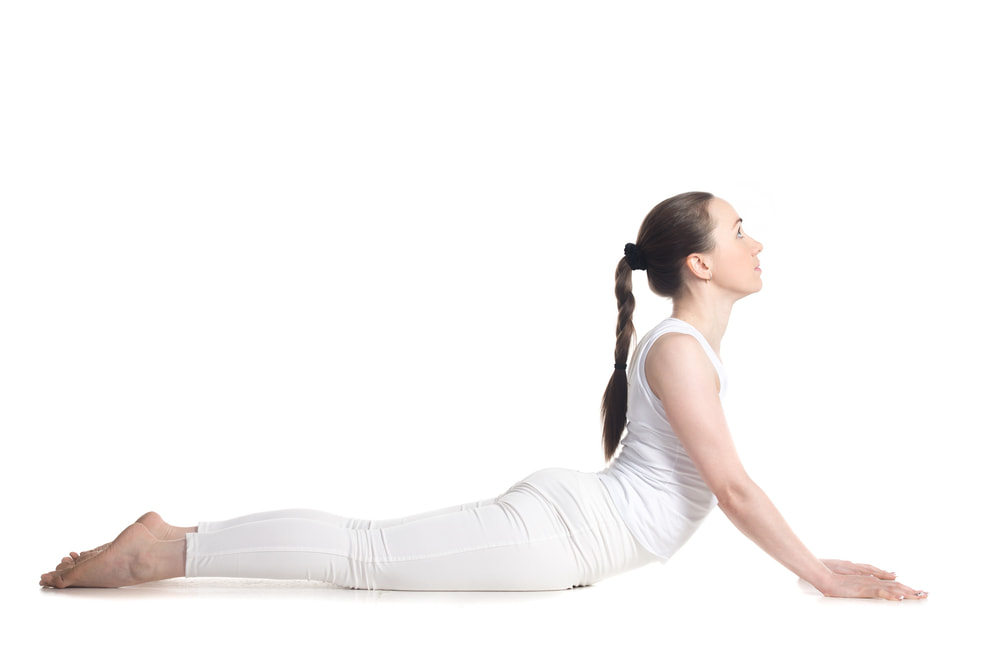

Supine Twist (Supta Matsyendrasana)
The Supine Twist is a deeply therapeutic yoga pose that targets not just your lower back, but also your spine, hips, and digestive system. This reclining twist helps release tension trapped in the lumbar region while improving spinal mobility.
🗝️ How to Do It:
Lie on your back with your legs extended.
Bring your right knee to your chest and gently guide it across your body to the left side, allowing your torso to twist.
Extend your right arm out to the side, palm facing up, and look toward your right hand.
Keep both shoulders grounded. Place a pillow under your bent knee if needed.
Hold for 30 seconds to 1 minute, then switch sides.
✅ Benefits:
Gently decompresses the lumbar spine
Releases tension in the lower back and hips
Improves digestion by massaging abdominal organs
Promotes relaxation through breath and twist synergy
🌿 According to Harvard Medical School, gentle spinal twists can improve spinal flexibility and aid in the body’s natural detoxification process.
⚠️ Tips:
Keep both shoulders flat on the ground- don’t force the twist.
If you feel pain (not stretch), ease up immediately.
Use a bolster or cushion under the bent knee for added support if needed.
Creating a Sustainable Yoga Routine at Home
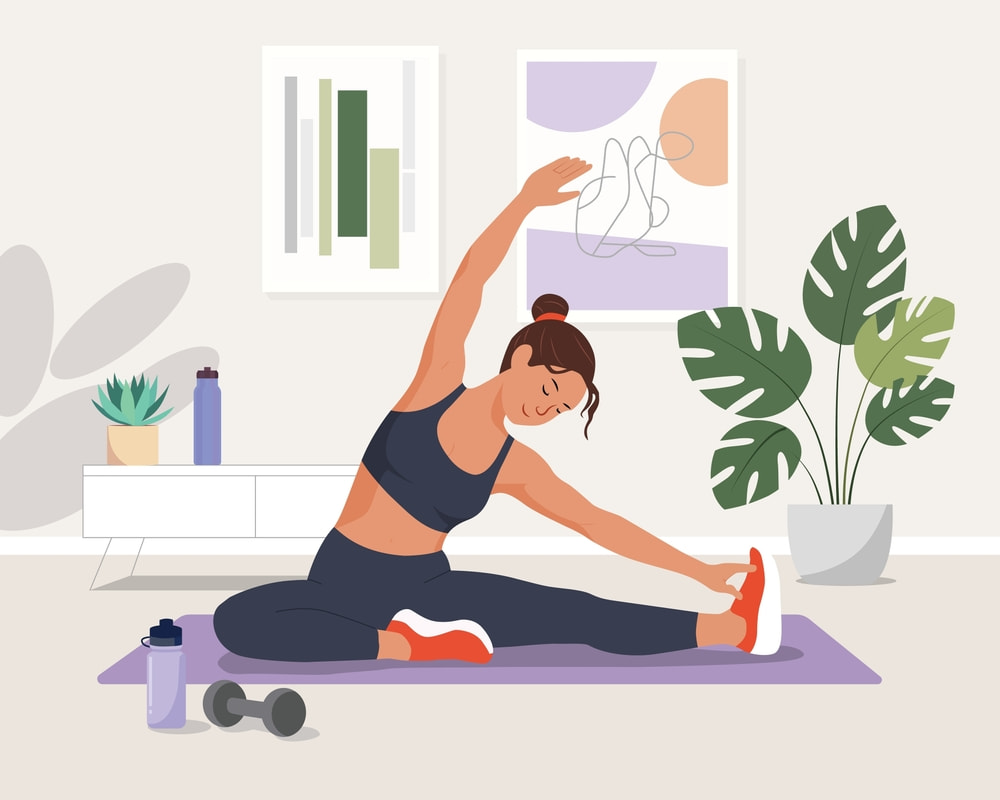

Consistency is key when it comes to managing and eventually relieving lower back pain. Practicing these simple yet powerful yoga poses just 10 to 15 minutes a day can lead to remarkable long-term benefits not only for your back but also for your overall physical and mental health.
📋 Quick Routine Recap:
| Yoga Pose | Duration | Benefit Snapshot |
|---|---|---|
| Cat-Cow Stretch | 1–2 minutes | Warms up spine, improves flexibility |
| Child’s Pose | 1–3 minutes | Releases tension, calms nervous system |
| Sphinx Pose | 1–2 minutes | Strengthens lower back, supports posture |
| Supine Twist | 1–2 minutes/side | Decompresses spine, relieves tension |
🧠 Make It a Habit:
Pick a consistent time daily—morning or evening.
Use a yoga mat and quiet space (no fancy equipment needed).
Focus on slow breathing and mindful movement.
Track your progress in a journal or app to stay motivated.
🗨️ “A little progress each day adds up to big results.”
Remember, your back didn’t get stiff overnight—so healing it will also take steady care.
🔗 Trusted Resources for Further Learning:
✅ Final Words:
Yoga is more than just exercise it’s a healing practice. By building a simple daily yoga routine focused on lower back care, you are taking control of your health naturally, gently, and sustainably.
So unroll your mat, take a deep breath, and begin your back will thank you. 🙏



